Varicose veins, those swollen and twisted veins that often appear on the legs, can be more than a cosmetic issue. What is the best treatment for varicose veins? This question becomes a crucial point for those seeking relief and an improved quality of life. In this guide, we will explore from the basics of varicose veins to the most advanced treatment options, providing key information for making informed decisions about your vascular health.
In this detailed exploration, we will delve into treatment options for varicose veins, from traditional to innovative. We will understand the causes, symptoms, and learn how to make informed decisions to effectively address this vascular condition. Join us on this journey toward vascular health and discover how to take care of your legs in the best possible way!
Understanding Varicose Veins
Varicose veins, far from being merely a cosmetic issue, are a vascular condition that deserves a deep understanding. We go beyond the surface to thoroughly comprehend this condition and how it affects those who suffer from it.
Varicose Veins: More than a Cosmetic Issue
Varicose veins are swollen and twisted veins that can appear anywhere on the body, though they are more common in the legs and ankles. Understanding the anatomy behind this condition is essential for properly evaluating treatment options. These veins dilate due to an abnormal buildup of blood pressure, resulting in their characteristic appearance.
Risk Factors and Underlying Causes
Various factors contribute to the development of varicose veins, and it is crucial to identify them to address the condition effectively. Genetics, age, gender, and lack of physical activity are some elements that can increase the risk. Additionally, understanding underlying causes, such as venous insufficiency, provides a comprehensive view of why these veins become prone to dilation.
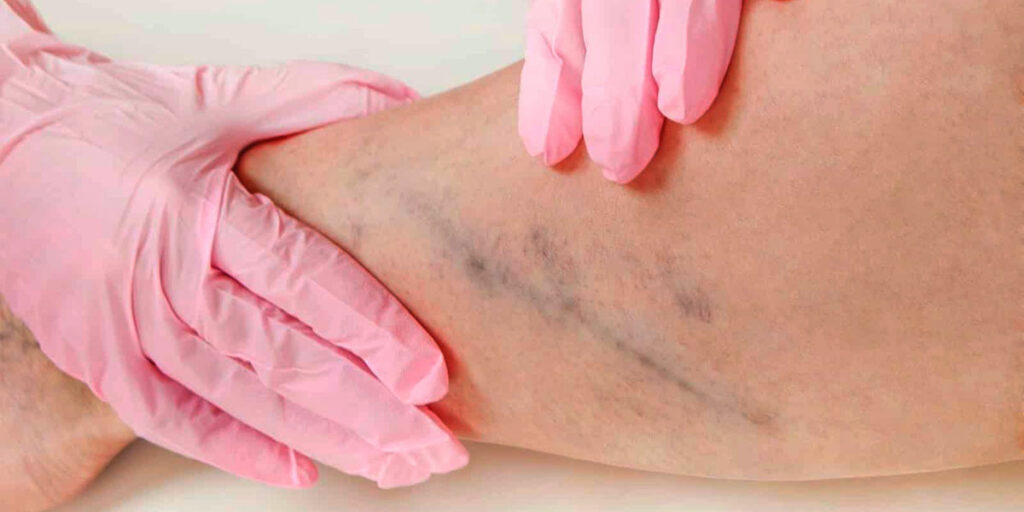
Common Symptoms of Varicose Veins
Identifying early symptoms of varicose veins is fundamental to initiating timely treatment and preventing future complications. Here, we explore the signals indicating the presence of varicose veins:
Pain and Heaviness
Many people with varicose veins experience discomfort, such as pain and a feeling of heaviness in the legs. These sensations often intensify after prolonged periods of standing or sitting.
Appearance of Twisted and Blue Veins
The most visually evident sign of varicose veins is the presence of twisted veins of blue or purple color on the skin’s surface. These veins may appear enlarged and bulging.
Itching and Burning Sensation
Skin irritation around affected veins can cause itching and a burning sensation. These symptoms can significantly interfere with daily comfort.
Types of Varicose Veins
Not all varicose veins are the same, and understanding different classifications is essential to determine the most suitable treatment approach. Here are two main types:
Superficial or Varicose Veins
These are veins located just beneath the skin’s surface and are the most common. They may be noticeable for their twisted and bulging appearance, often accompanied by symptoms like pain and heaviness.
Spider Veins or Telangiectasias
Although smaller than varicose veins, spider veins are visible on the skin and have an appearance similar to a network or spider web. While they generally do not cause significant discomfort, some people choose to treat them for aesthetic reasons.
Medical Procedures
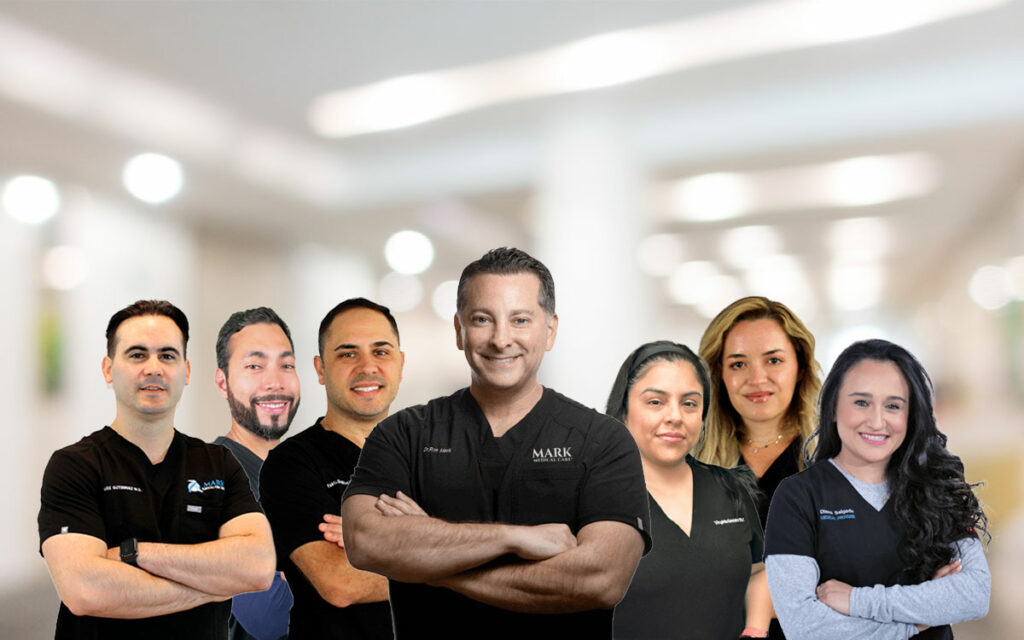
Although smaller than varicose veins, spider veins are visible on the skin and have an appearance similar to a network or spider web. While they generally do not cause significant discomfort, some people choose to treat them for aesthetic reasons.
Medical Procedures
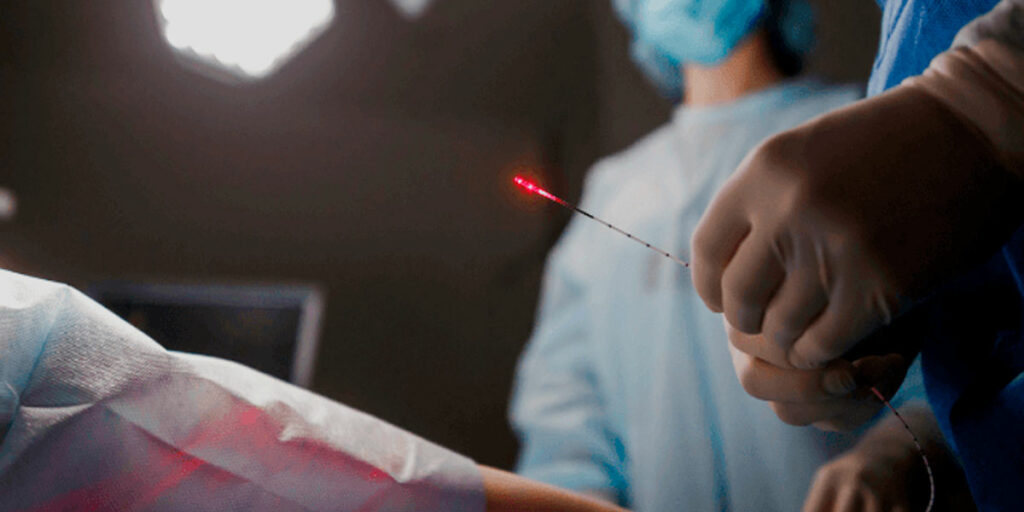
EVLT, or endovenous laser treatment, has revolutionized how varicose veins are addressed. This procedure uses laser energy to close affected veins from the inside, improving blood circulation and reducing associated symptoms. Being minimally invasive, EVLT offers faster recovery times compared to traditional surgical approaches.
Sclerotherapy Treatment
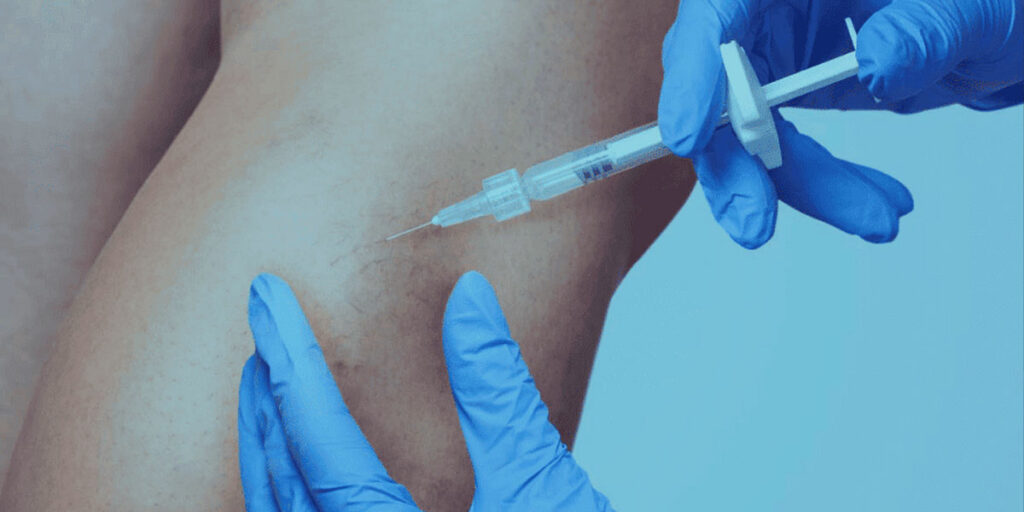
Sclerotherapy is another popular and effective option for treating varicose veins and spider veins. It involves injecting a special solution into the affected veins, causing them to close and fade over time. This procedure is performed in the doctor’s office and generally does not require significant downtime.
Microphlebectomy Treatment
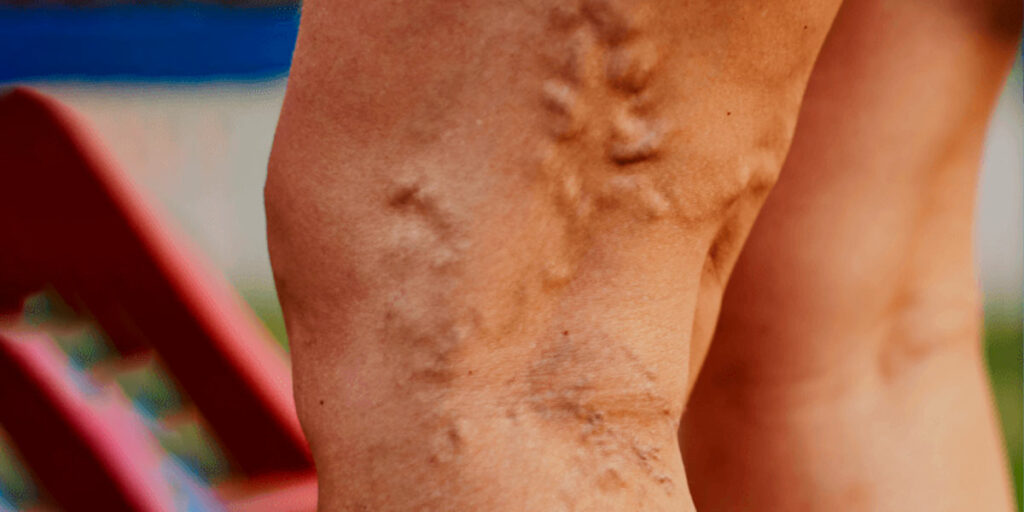
Microphlebectomy is a minimally invasive surgical procedure involving the removal of varicose veins through small incisions. Although it requires local anesthesia, recovery is usually quick, and many patients can resume normal activities shortly.
Foam Sclerotherapy Treatment
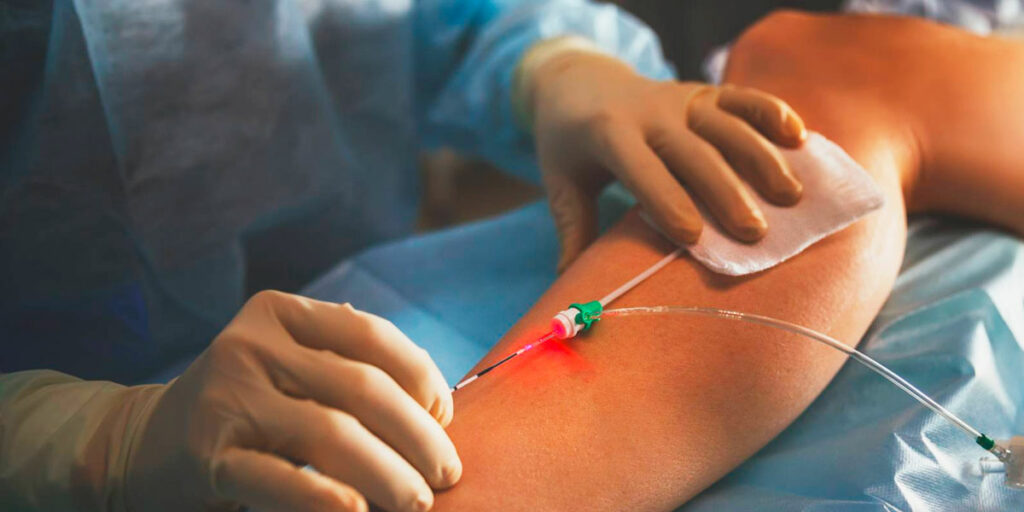
Foam sclerotherapy is an advanced form of sclerotherapy that involves creating a special foam injected into the affected veins. This foam reacts with the vein walls, effectively closing them. Foam sclerotherapy has proven particularly useful for treating larger and harder-to-reach veins.
Varicose Ulcer Treatment
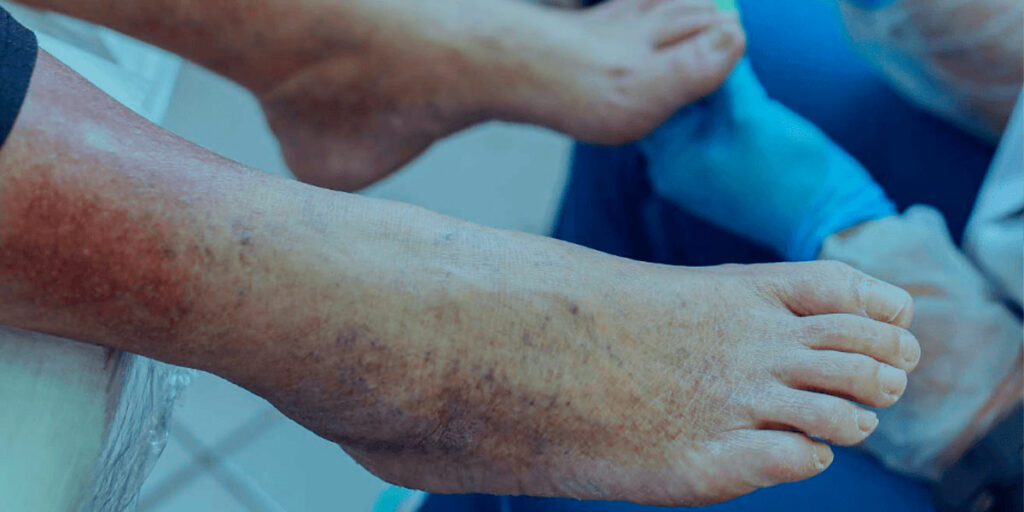
When varicose veins have reached an advanced stage, they can cause ulcers on the skin. Treating these varicose ulcers is crucial to prevent major complications. Approaches such as specialized dressings, topical medications, and, in some cases, specific procedures may be necessary to accelerate healing and prevent recurrences.
These medical procedures represent a diverse range of options for addressing varicose veins, allowing patients to choose the approach that best suits their needs and specific conditions. Before deciding, it is essential to consult with a vein specialist to determine the most suitable treatment plan. The evolution of these procedures has not only facilitated the treatment of varicose veins but has also improved the quality of life for those seeking relief.
Choosing the Best Treatment
Selecting the right treatment for varicose veins is a crucial decision that requires a deep understanding of the available options. Here, we will analyze some of the treatments mentioned earlier to provide a clear insight when making informed decisions about your vascular health.
Considering Endovenous Laser Treatment (EVLT)
If you are looking for a minimally invasive and effective approach, EVLT could be the ideal option. This treatment uses laser technology to close affected veins, improving circulation and alleviating symptoms. It is an excellent alternative for those seeking faster recovery and less postoperative discomfort.
Exploring Sclerotherapy and Foam Sclerotherapy
Sclerotherapy, whether traditional or with foam, stands out as a versatile option. Injecting a special solution into the affected veins offers effective results and can be performed in the doctor’s office. Foam sclerotherapy, especially useful for larger veins, presents an advanced alternative worthy of consideration.
Valuing Microphlebectomy for Specific Cases
In situations where physical removal of varicose veins is required, microphlebectomy emerges as a procedure of choice. Although more invasive than other treatments, its precise and minimally invasive application allows for relatively quick recovery and noticeable results.

Addressing Varicose Ulcers with Specialized Care
When varicose veins have progressed to the ulcer stage, attention focuses on specific treatments. Specialized dressings, topical medications, and specific procedures may be necessary to accelerate healing and prevent additional complications. The choice of this approach will depend on the severity of the condition and the individual needs of the patient.
Consulting with Healthcare Professionals
Before making a final decision, it is crucial to seek guidance from healthcare professionals specialized in varicose vein treatment. They will assess your unique situation, considering factors such as the severity of varicose veins, your medical history, and personal preferences. Medical consultation will provide valuable information to ensure that the chosen treatment plan is the most suitable for you.
As a last resort, choosing the best treatment for varicose veins involves a careful analysis of your needs and specific goals. By considering options such as EVLT, sclerotherapy, microphlebectomy, and addressing varicose ulcers, you are taking significant steps toward symptom relief and improving your vascular health. Remember, collaboration with healthcare professionals is key to ensuring that your choice is the most accurate.
Dr. Ron Mark his team of experts at Mark Medical Care stand out as solid options for those seeking effective and compassionate solutions.
Contact Mark Medical Care at 877-673-4818 or got to markmedicalcare.com to make an appointment and discuss your varicose veins options.
Frequently Asked Questions (FAQs)
Recovery varies, but most people can resume normal activities within a few days.
Yes, procedures such as endovenous ablation offer less invasive options.
In some cases, yes. Your doctor will advise you on the duration.
Adopting a diet rich in fiber and antioxidants can help in prevention, but it is not a guarantee.
It is advisable to schedule a consultation if you experience persistent pain, swelling, or changes in the skin of the legs.
